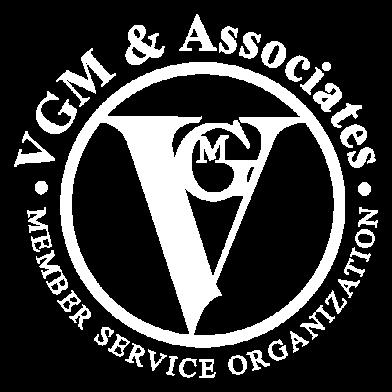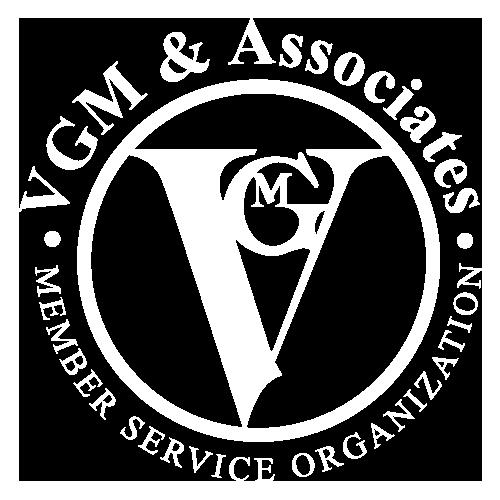Wound Care Market: Growth Trends and Outlook to 2030 2025





The U.S. wound care market is undergoing a significant transformation, driven by technological innovation, an aging population, and the rising prevalence of chronic conditions such as diabetes and obesity. From 2023 to 2030, the market is expected to experience steady to robust growth across various product categories, with advanced wound care solutions leading the charge. This report provides a comprehensive overview of the market dynamics, segmented growth rates, and future outlook.
Wound care is a critical component of the healthcare continuum, encompassing a wide range of products and therapies designed to promote healing, prevent infection, and improve patient outcomes. The U.S. market is segmented into five primary product categories:
1. Advanced Wound Dressings
2. Surgical Wound Care
3. Traditional Wound Care
4. Wound Therapy Devices
5. Wound Care Biologics
Each segment is experiencing unique growth trajectories based on clinical demand, innovation, and healthcare delivery trends.
1. Advanced Wound Dressings (CAGR: 5.9%)
This segment is the fastest growing in the U.S. wound care market. Advanced dressings, including hydrocolloids, alginates, and foam dressings, are increasingly used in the treatment of chronic wounds such as diabetic foot ulcers and pressure ulcers. The growth is fueled by:
• Rising incidence of chronic wounds
• Greater awareness among clinicians
• Shift toward outpatient and home-based care
2. Surgical Wound Care (CAGR: ~4.1%)
Surgical wound care products, including sutures, staples, and sealants, are seeing steady growth. This is largely attributed to:
• An increase in elective and emergency surgical procedures
• Advances in minimally invasive surgery
• Post-operative infection prevention protocols
3. Traditional Wound Care (CAGR: ~3.0–3.5%)
While this segment is growing at a slower pace, it remains a staple in homecare and long-term care settings. Products such as gauze, bandages, and antiseptics are widely used due to their affordability and accessibility.
5.9 %

4.1 %

3.5 %

4. Wound Therapy Devices (CAGR: ~4.5–5.0%)
This category includes negative pressure wound therapy (NPWT) and oxygen therapy devices. These are increasingly adopted in complex wound cases, particularly in hospital and specialty care settings. Growth drivers include:
• Technological advancements
• Clinical efficacy in accelerating wound healing
• Reimbursement support
5. Wound Care Biologics (CAGR: ~6.0–7.0%)
Biologics represent the most innovative and emerging segment. These include skin substitutes, growth factors, and cell-based therapies. High research and development (R&D) investment and promising clinical outcomes are propelling this segment forward, especially in treating nonhealing wounds.
• Aging Population: Older adults are more susceptible to chronic wounds, driving demand for advanced care.
• Chronic Disease Prevalence: Conditions like diabetes and vascular disease are increasing, necessitating long-term wound management.
• High Cost of Advanced Products: May limit access in underfunded healthcare settings.
• Regulatory Hurdles: Biologics and new devices face stringent approval processes.
5.0 %

7.0 %

• Technological Innovation: Smart dressings, bioengineered skin, and AI-driven wound assessment tools are reshaping the market.
• Healthcare Policy and Reimbursement: Favorable reimbursement policies for advanced therapies are encouraging adoption.
• Training and Awareness: Proper use of advanced therapies requires specialized knowledge.
The U.S. wound care market is poised for continued expansion through 2030, with several product segments leading the innovation. Integration of digital health tools, personalized medicine, and value-based care models will further shape the landscape. Companies that invest in R&D, clinician education, and patient-centric solutions are likely to gain a competitive edge.
VGM Industry Insights provides data-driven analysis and trends within the durable medical equipment, prosthetics, orthotics, and supplies (DMEPOS) sector. Our focus areas include market trends, innovation, and strategic decision-making, helping stakeholders stay informed and competitive. We are committed to a forward-thinking approach, continuously monitoring industry developments to drive progress and innovation.

ALAN MORRIS SVP of Strategy

TYLER COULANDER Market Strategy Manager

